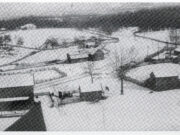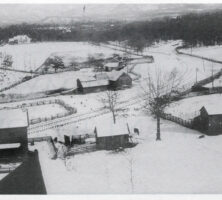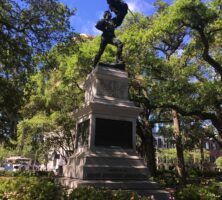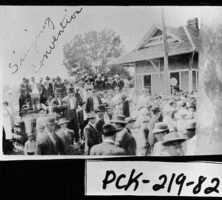Jasper, the seat of Pickens County, is located in north central Georgia, at the southern end of the Blue Ridge Mountains.
Located in one of Georgia’s smallest counties, the town is sixty miles north of Atlanta and eighty-five miles southeast of Chattanooga, Tennessee. According to the 2020 U.S. census, Jasper’s population was 4,084, a slight increase from the 2010 population of 3,684. A small town for most of its existence, Jasper is beginning to grow and change as a result of the continued expansion of the Atlanta metropolitan area.
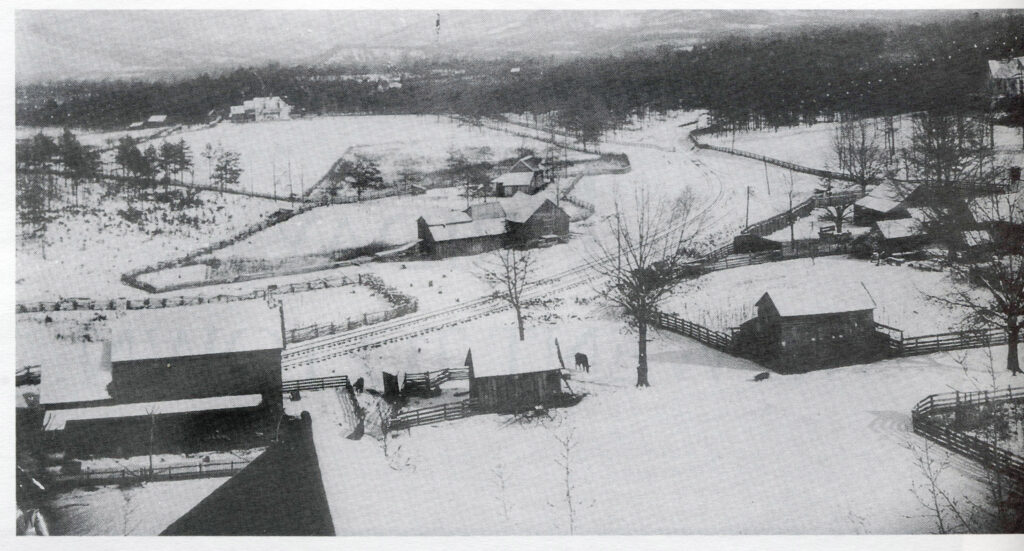
Cherokee Indians originally inhabited the land that would become Jasper. In 1805 the U.S. government, looking to create greater unity among the new nation’s citizens and to facilitate trade, authorized the creation of the Federal Road, which connected Georgia with Tennessee and Alabama and passed through the future town of Jasper. The creation of the road, however, did not spur growth in the region, which remained populated largely by Cherokees. Even after the forced removal of the Cherokees in 1838, whites ignored the Jasper area in favor of the state’s gold regions to the south and east.
In 1853 the state legislature passed a bill that created Pickens County out of parts of Gilmer and Cherokee counties. Pickens County commissioners chose the exact geographical center of the county for the county seat, and in 1857 Jasper was incorporated as a town. It was named in honor of William Jasper, an American soldier who died during the Siege of Savannah during the Revolutionary War (1775-83).
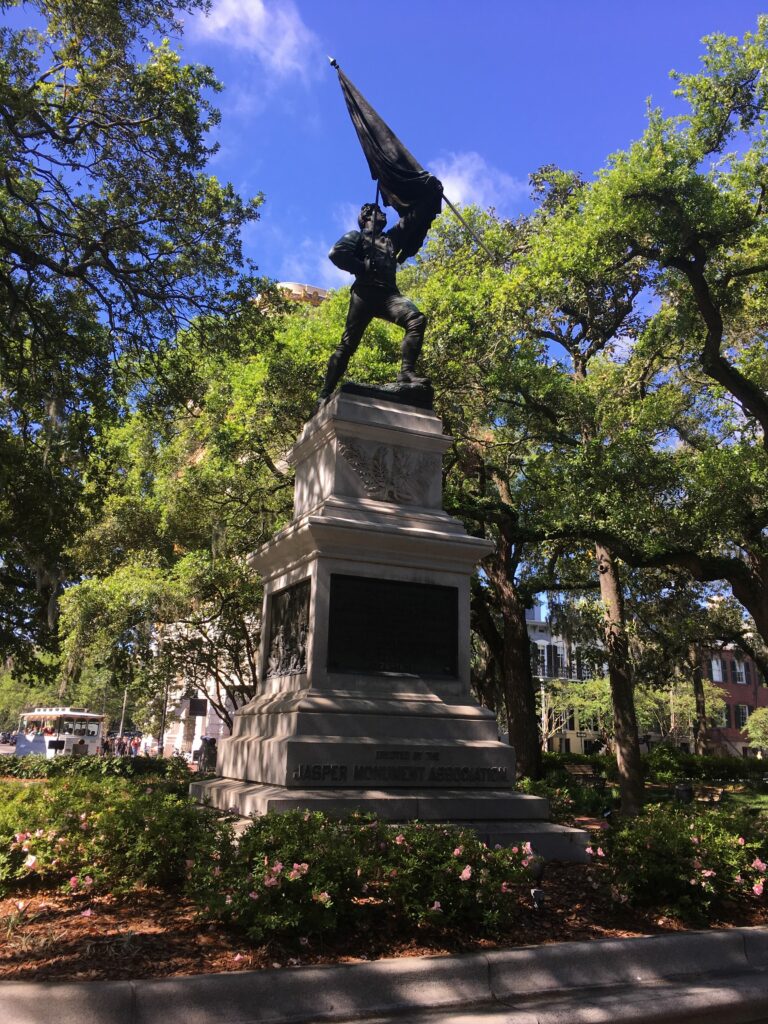
The Civil War (1861-65) bitterly divided Jasper’s residents. Town leaders voted against secession, and in 1860 several residents protested Georgia’s decision to leave the Union by raising and guarding a U.S. flag in front of the county courthouse. Citizens from the town served in both the Confederate and Union armies, and during the war troops from both sides occupied the town at different times, often with bloody results.
Jasper grew slowly after the war. In 1867 the town consisted of several residences, two churches, a log jail, a hotel, a Masonic lodge, a brick courthouse, a liquor store, and several other businesses. A few buildings, including the courthouse, were brick, but most were log. One of Georgia’s first marble quarries operated immediately east of the new county seat. The 1880 census records the population as 146.
Jasper boomed with the arrival of the Marietta and North Georgia Railroad in 1883. The cotton and marble industries were the basis of the town’s wealth, and the railroad began shipping these items across the state and the nation. To accommodate the railroad’s needs, whole blocks of the town were demolished and streets were reorganized. A new charter that year gave Jasper a city council government, and W. R. Allen served as the first mayor. The Davis building, which still stands, went up as the town’s first substantial commercial building, and in 1884 Edmond Lenning opened a hotel, now the Woodbridge Inn, across from the train depot. A new courthouse replaced the original building in 1888, and the town’s first newspaper, the Piedmont Republican, became the first in a series of papers that cumulated in today’s Pickens County Progress. The town also hosted a gospel singing convention, which attracted hundreds of participants, twice a year during the late nineteenth and early twentieth centuries.
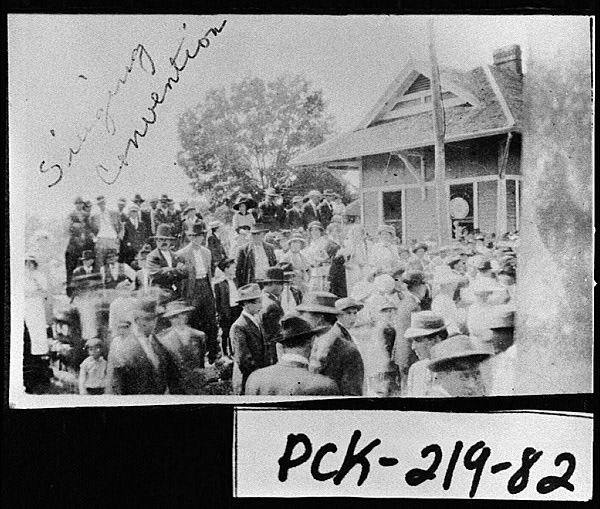
Jasper suffered less than many of Georgia’s rural communities during the first decades of the twentieth century. The town felt the effects of the cotton economy’s collapse in the 1920s and of the Great Depression in general. The expansion of the Georgia Marble Company in the 1920s, however, brought jobs and new residents to the area. The town also benefited from the New Deal’s rural electrification program when the town’s Amicalola Electric Membership Corporation began to provide power to surrounding areas in 1940.
Beginning in 1967 Jasper attracted new light manufacturing businesses, a modern hospital, and the Pickens Area Vocational-Technical School (later Chattahoochee Technical College). Cotton production no longer plays a prominent role in the local economy, but timber harvesting and mining continue to dominate the town’s financial landscape.
Jasper contains several points of interest. The Old Pickens County Jail, built in 1906, is on the National Register of Historic Places, and the Quinton-Kirby Cabin, built around 1860, is open to visitors. The town hosts the Georgia Marble Festival during the first full weekend of each October. Jasper’s location in the Appalachian Mountains makes it an ideal place for a visit during the fall foliage season. The construction of Georgia 515, which connects to Interstate 575, has recently made Jasper a bedroom community for Atlanta, but the town still retains much of the character of its rural past.


